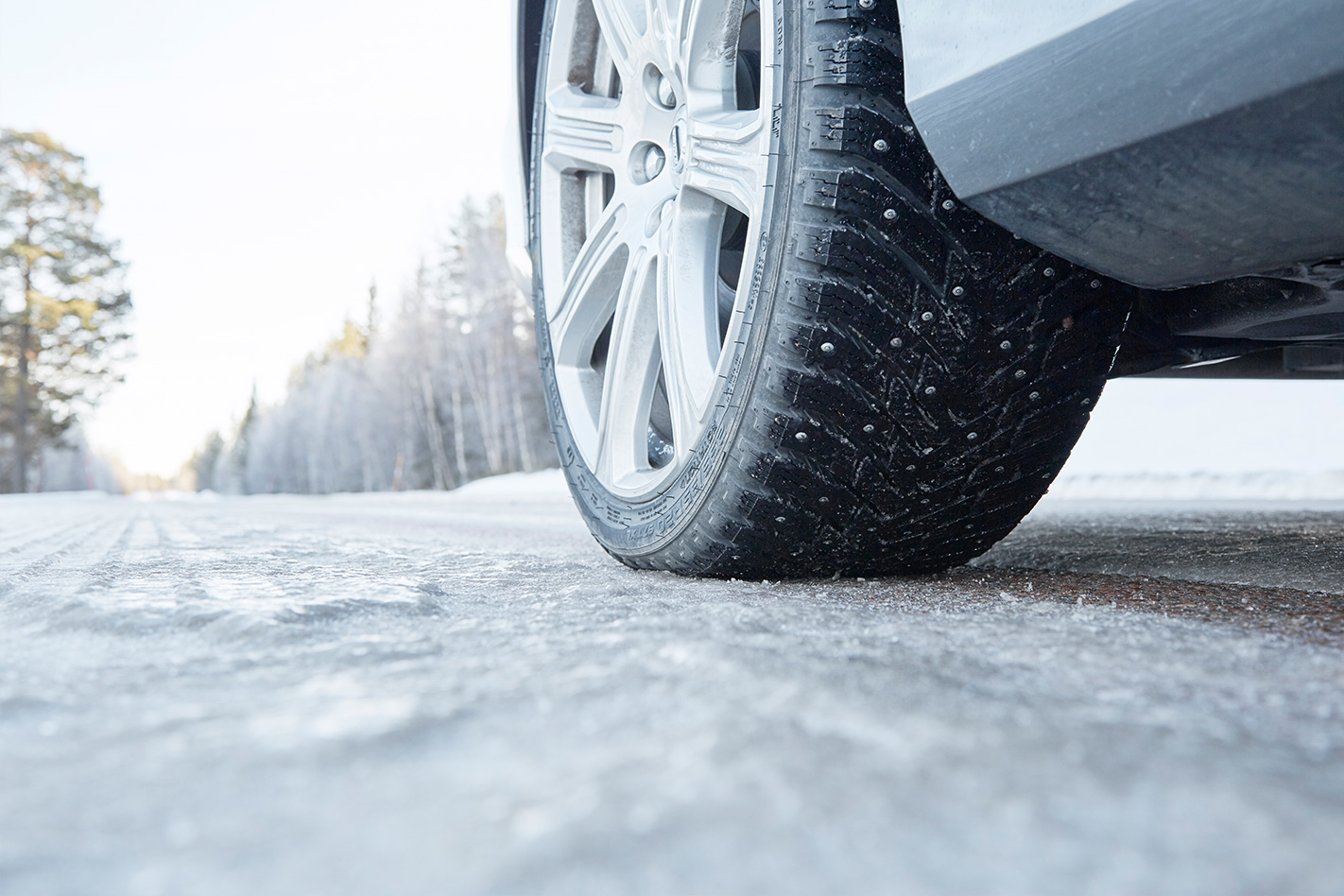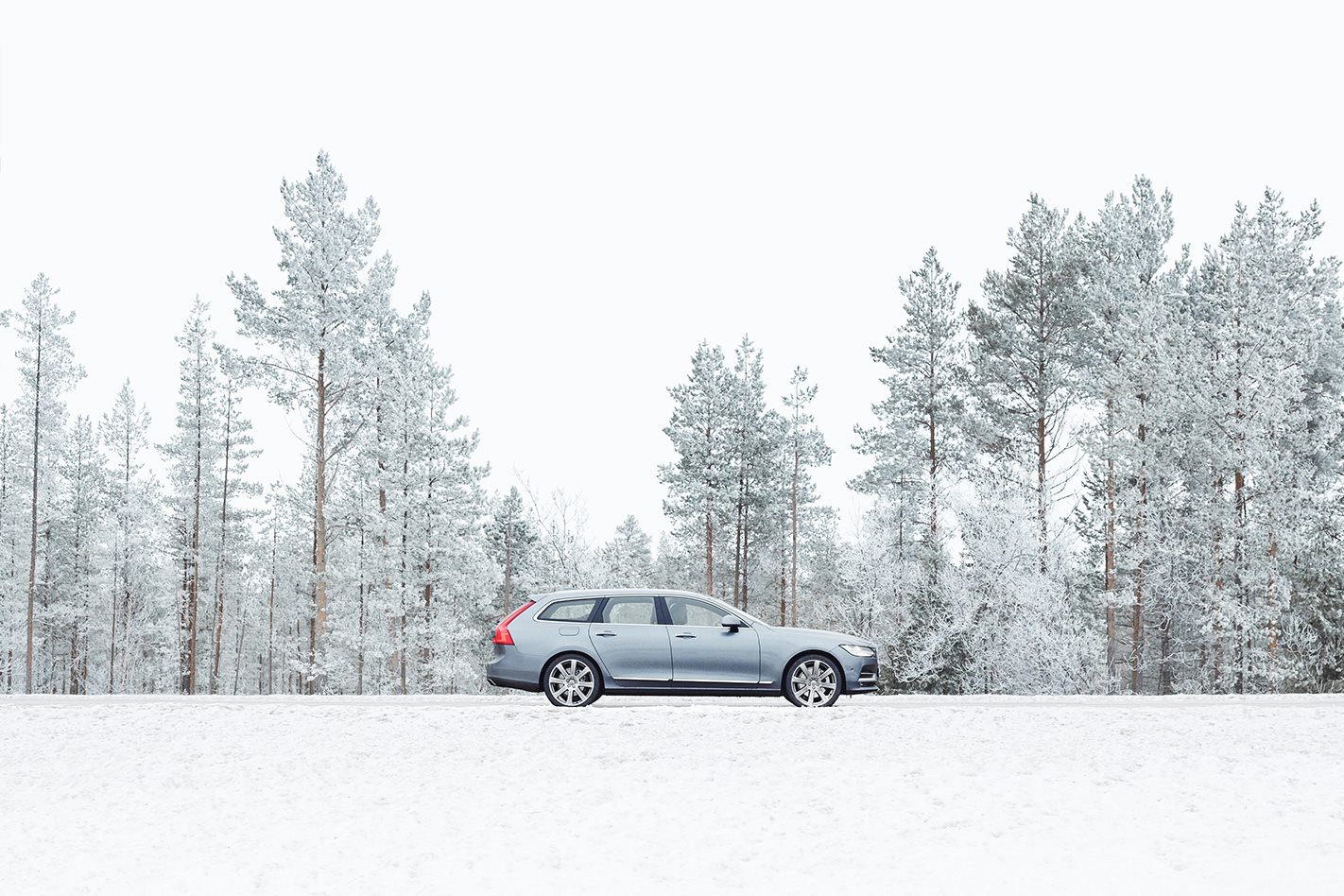THE march towards an autonomous future isn’t just speeding up, it’s set to start slipping sideways and possibly spinning out of control with the world’s first winter-testing facility for self-driving cars to be built just across the ditch.
Steve Gould, a manager at the Southern Hemisphere Proving Ground, just outside Queenstown in New Zealand, told Wheels that planning is well advanced for the facility, and hints that several companies have already approached them about starting autonomous winter testing.
The reason, Gould says, is that the idea of self-driving cars, which use cameras to read lane markings and road signs, having to deal with total white-out conditions doesn’t just worry the world’s car makers, “they’re scared shitless of it.”
“You can also imagine what it does to one of these cars when its radar gets covered in snow. Then you also have the road signs obscured by snow, and you can’t see the lines on the edge of the road, or the middle of the road, and all you have are the tyre tracks from the car in front of you, and suddenly the cameras can’t read the speed limits,” Gould says, speaking during a recent drive day with Mazdas on ice.
“Autonomous cars rely on GPS as well, of course, but they check what the radar is reading against that GPS reading, so once the radars are gone, what does the car do then?
“Meanwhile the cameras are looking for a line down the side of the road and one in the middle, but they’re both covered in snow and ice. It’s going to be a challenge.”

“You know Mcity in Detroit, which has been built purely for autonomous testing? Well, this will be basically a winter version of that, which will be the first in the world,” Gould says.
DETROIT does, of course, have plenty of snow on its own, and the people at Ford claim they are already having significant successes with autonomous tech taking on those conditions.
Faced with limited visibility, snow and ice, humans tend to take a best-guess approach, and Ford says it is doing the same, but with more accuracy. Ford uses high-res 3D maps of roads, which include detail about where curbs, lane lines, trees and signs are, so the car knows where it is, even if it can’t ‘see’ them.

“We’re able to drive perfectly well in snow,” Jim McBride, Ford’s head of autonomous research, claimed to Wired magazine recently. “We see everything above the ground plane, which we match to our map, and our map contains the information about where all the lanes are and all the rules of the road.”
Elsewhere, Mercedes-Benz’s new E-Class has heated radar covers, coated in a special film that provides protection from ice and sleet, which means it should still work well enough in bad weather to spot things like guard rails, or to follow other vehicles.
Despite those claims, Gould believes what we’ll probably see first are some autonomous vehicles being signed off to work in clear and dry conditions, and the next stage will be teaching them to drive in winter’s worst.
“We might see a situation where you can only use the autopilot when the weather is right. When the car knows the temperature has dropped below zero or it’s snowing, it will tell you to take over control,” he adds.





